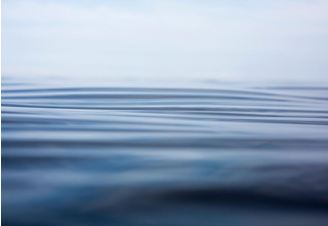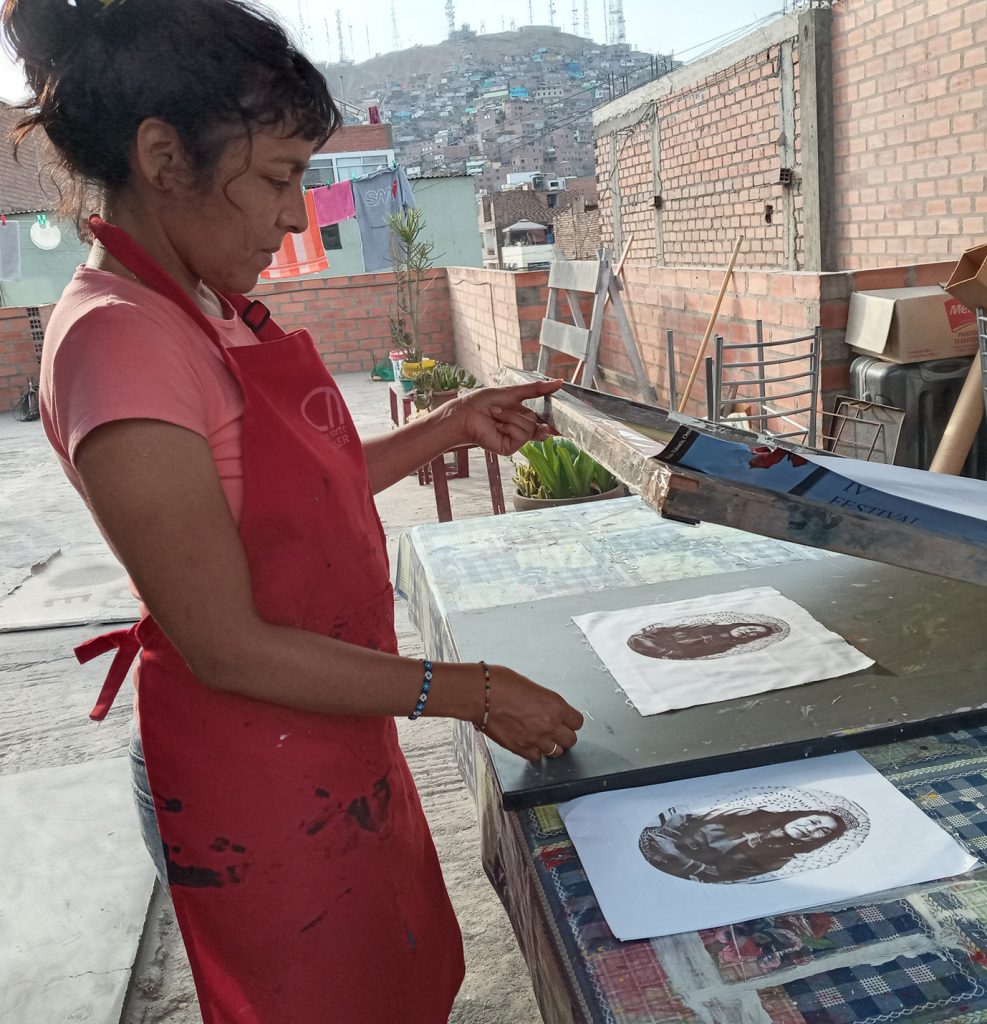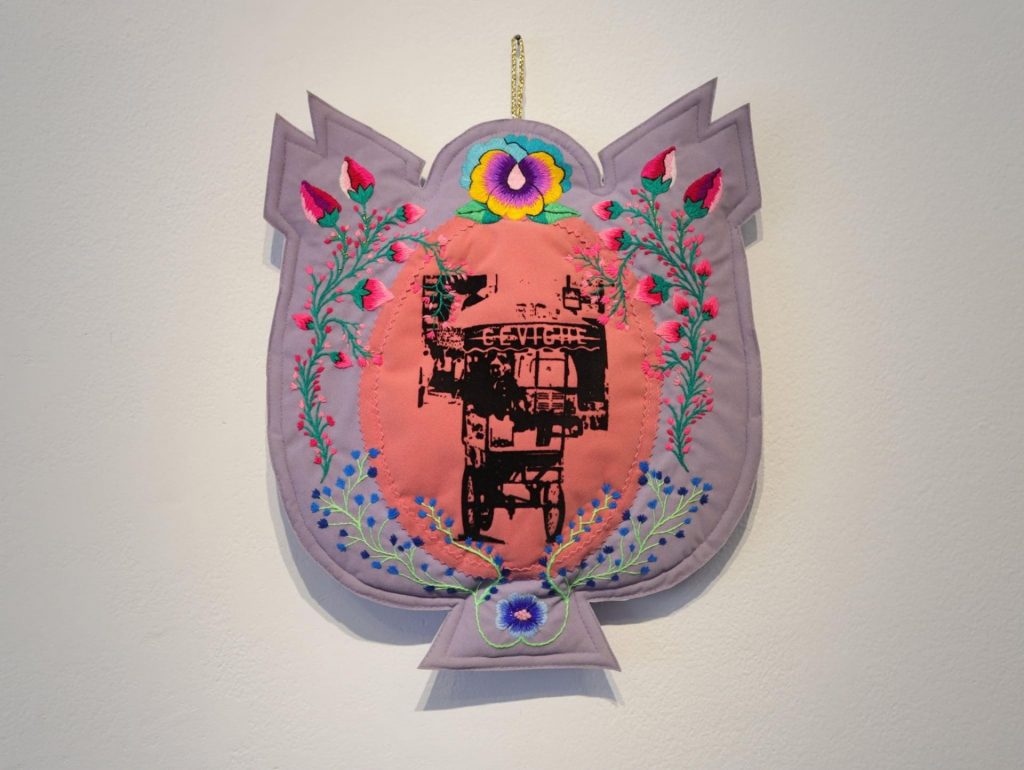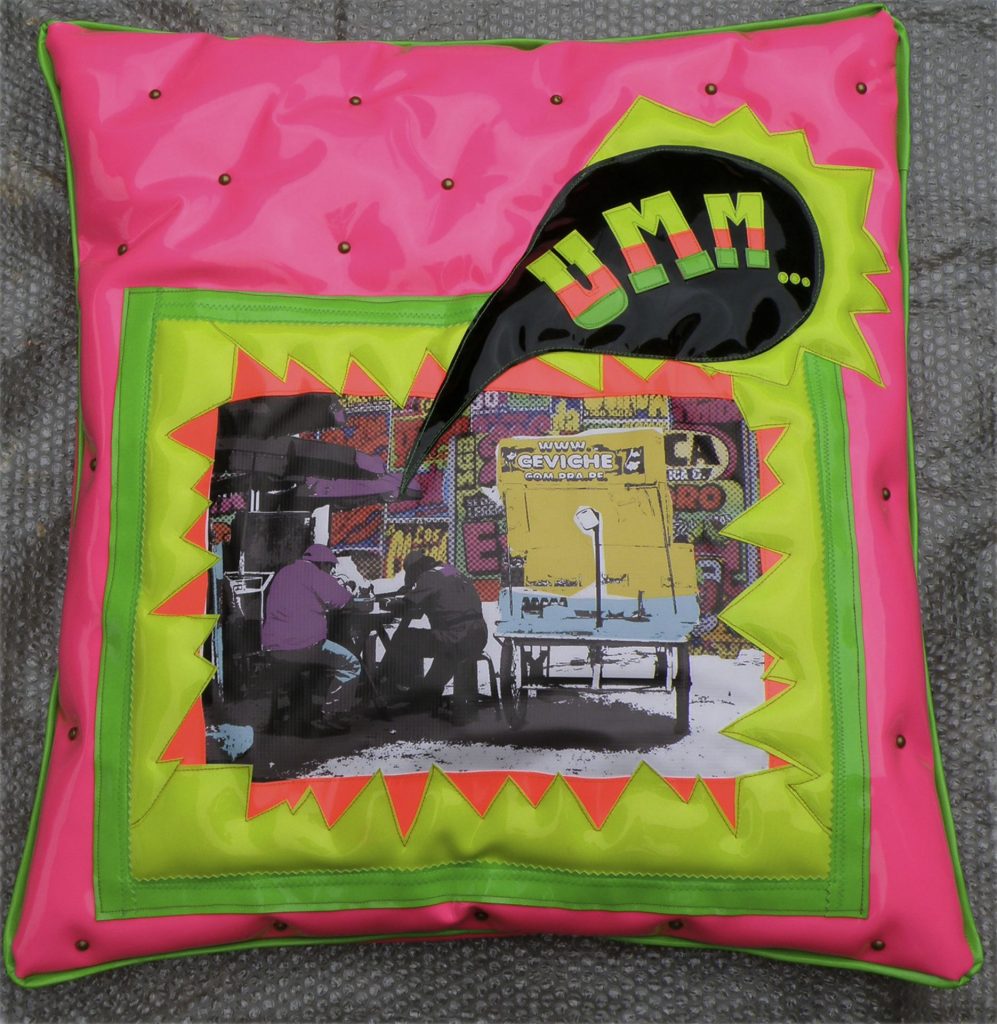“The ocean has all these different faces, and it can completely change”

I am Lima born but have lived all across North and South America. I started working in production straight out of college, and then I started working more specifically in documentary films after my master’s degree.
I worked on a couple of different documentary projects, mostly focusing on traveling to view study the relationship between humans and the natural environment. But then in 2015 I fractured my back, so I was quite immobilized for a couple of months. In that time, one part of my therapies was swimming in the ocean and here in Lima it is very cold because we live near the Humboldt current!
So, I started swimming as part of my therapy and it was amazing because it helped, as on the one hand the cold just helps alleviate the pain, and also because it’s the only kind of exercise I could do, because in the water you weigh a lot less so I could move in ways that I couldn’t move otherwise. However, I couldn’t pick up more than five kilos so I couldn’t work more in production anymore, because before I was also very hands-on with the camera along with the tripod and lights.
Because of my fracture it was a case of continuing to do photography, but with my camera inside the ocean using a water case, because in the ocean the camera was weightless.
It was very healing and kind of a very healing way to get back into documentary making, but in the form of water-based photography and not in a form of video production anymore.
As my body started healing, I got back into production of both film and photo, but I kept taking photographs in and of the ocean.
Through my work in the ocean, I feel that experience of being immersed and surrounded by water, which is kind of something that I’m amused by everyday living in Lima, in the middle of a desert in a chaotic city with a lot of traffic. Yet, it still borders the Ocean, and the way that you live, and breathe, and see, and even smell the city can change completely if you just step a couple meters into the ocean and experience it all from the water.
That’s kind of what I try to transmit with my work, and I always try to make an ode the ocean and how for me, in one moment, it was a very healing experience and was very curative not only physically but mentally as well…because it’s just so silent and there’s something about being immersed in salt water that is so energising.
The photograph ‘Líneas de Expresión’ (Lines of Expression) is one of my favourite photos that I have taken in the Ocean, because basically I like to think of it as the oceans ‘expression’ when it looks back at me. You know how on your forehead you have your expression lines?
I suppose that water can sometimes seem so boring, it’s just water… a lot of people are like, why are you always going into the ocean and doing the same photograph over and over again? But for me it’s always different, like there’s always these different faces making these different lines of expression. I at least feel that it does look back at me, and in that photograph, I think it just looked at me very serenely and very wisely. I think that’s why I called it ‘lines of expression’ which is kind of like the facial lines that you get as you age (wrinkles). At that point I felt like it was just looking back at me with this kind of wisdom that comes with age, and it was very serene as well.
It just shows me that the ocean has all these different faces, and it can completely change. You can also see that with a wave, like it’s always changing as it comes and goes.
Ana Elisa Sotelo Van Oordt is represented by BLOC ART





